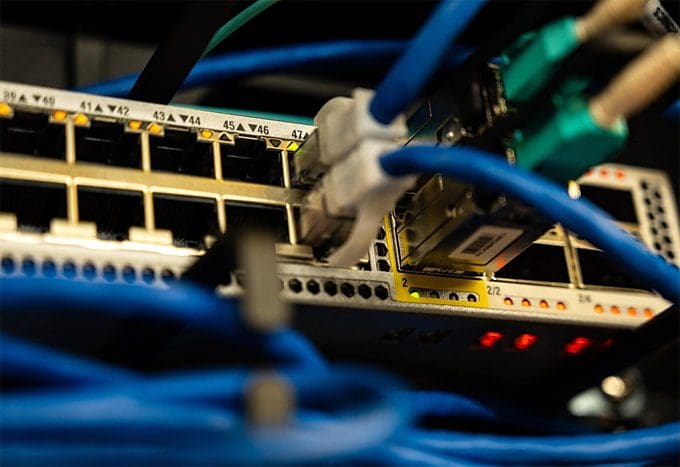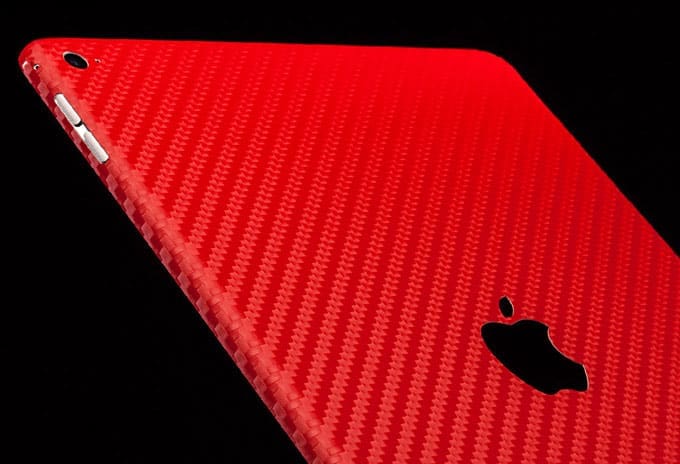words Al Woods

Everyone has it. We’re all connected by it. The internet is the greatest tool we’ve ever made. We use it daily in so many activities it would be difficult to count. The majority of users that are connected to the internet are doing so through a broadband connection. Broadband internet service is offered in four different forms, those being; DSL (or Digital Subscriber Line), fiber optic, cable, and satellite.
The old dial-up connection is the only non-broadband internet service available and even though it is cheaper, most internet users are moving towards the faster broadband internet connections. Here are 5 things you need to know about what connects you to the rest of the world.
Better Deal
Everyone knows to shop around and get multiple quotes on their car insurance so why wouldn’t people do that same for their internet? It is important to shop around and find the best deal for your needs to avoid overspending on monthly payments, and not getting a worthwhile deal. Go online and find out what services are offered, areas are usually split up into postal codes. Usually, at least one kind of broadband connection will be available for your area. The more connection types in the area the better the deal you will get for what you require.
What Services Exist
There are several types of broadband connections available, it’s important to know what connection you have, what negatives and positives come with it and what else is out there that may be a better fit for you.
DSL/ADSL which is based on the telephone Network system that carries data at high speeds through electrical signals converted by the modem. An alternative to DSL/ADSL is Cable.
Cable internet which uses the same cables that bring you cable TV is able to offer very fast internet speeds as well. A caveat being that it may be difficult if next to impossible to install depending on the availability within a building, or apartment. If not already offered it could be difficult to install without the cooperation of the entire building management.
Satellite internet access has been hailed as an alternative to fixed-line access especially for areas that are difficult to reach. Regional and rural areas where the public telephone system might not reach is a perfect place to utilize satellite internet access. Wireless connectivity is a huge boon and satellite internet providers can provide a quick installation, for a reliable connection and high speed that has developed significantly over the years. While there are higher-speed options, the accessibility of satellite internet is definitely a huge advantage.
Fiber Optic internet access is going to sound crazy but it is actually tiny strands of plastic or glass, about the width of a human hair, bound together into cables and transmit coded signals in pulses of light. These cables, called fiber optic cables, can give you the fastest internet connections available in the world today. The caveat of this internet connection is that it is still in its infancy and service is most likely limited to very small Pockets within major urban areas.
Unlimited or Data Cap
A lot of broadband plans are regulated with bandwidth caps. Even though these connections are titles with “unlimited” there could be various restrictions still in play. check for keywords in your contract such as “(FUP) Fair Usage Policy”, which will lower your speeds according to whichever conditions the contract suggests. If you do have a data cap it is important to check whether your ISP( internet service provider) counts only your downloads or your uploads as well. The problem being if your ISP counts your uploads towards your total usage then doing simple things such as uploading your photos to social media will cause you to use up most of your data. It’s important to go over these details in your contract before picking your connection.
Contention Ratio
Speeds and fair usage policy are usually mentioned upfront. The contention ratio is something that usually gets passed by. Contention ratio is a key metric that measures the maximum number of users that can concurrently share the fixed bandwidth on a line. This means that despite going for a very high-speed internet connection and paying lots of money for it, if the number of users accessing it is large it means the contention ratio is high and the resulting internet speed per user will also be lowered.
Upload Speeds
Upload speed is an important detail that usually gets overlooked in comparison to the download speed. The term symmetric speed refers to an internet connection offering equal upload and download speeds. A decade ago people used the internet primarily for downloading. That’s still important if you’re watching a movie on Netflix or reading the news on your favorite websites, but these days people are just as likely to be uploading content to the internet, whether it is for gaming, or work-related uploads, large document transfers, voice and video calls via the Internet are all affected by your upload speeds. A lot of folks have grown up remembering download speed being the only important factor, but times have changed a lot since then and upload speed is now just as important so keep an eye out for that.
To sum up it is firstly important to know what internet connection you currently have. Once you have your connection figured out, go online, do a speed test and go around shopping to see what kind of deals you can find for better internet connection. Keep in mind what kind of connections are available, those being DSL, cable, satellite, and fiber-optic connection. Consider what strengths and weaknesses each connection type has, and which kind is suitable for you. Also, do not forget about certain details such as contention ratio and upload speeds that matter just as much as your download rate. There are far more details and specifics to cover with broadband connection but those are the 5 things you should know about connecting to the internet using a broadband connection type.






